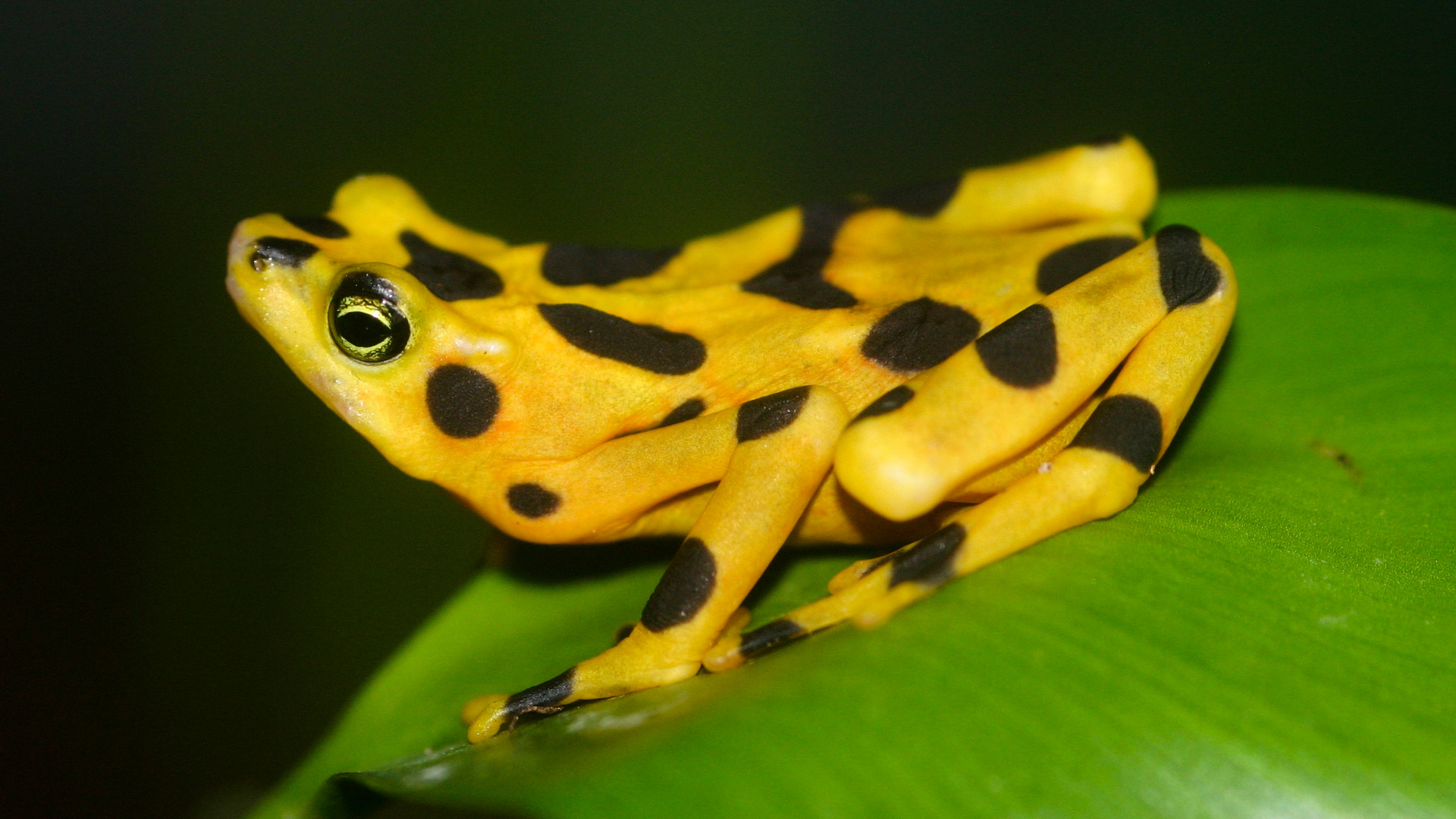The first dead toads showed up in 1991.
At the time no one knew why they had died — only that they were suffering from some sort of mysterious skin disease. More frog and toad deaths soon followed, but for years the cause remained a mystery.
Today we know the truth about those fatalities. They were the result of the fungus Batrachochytrium dendrobatidis, also known as Bd or chytrid, which causes a fatal skin infection in most amphibians that encounter it. Over the past few decades, the fungus has killed millions of frogs around the world and plunged hundreds of species into extinction.
Last week the four researchers who discovered Bd — Joyce Longcore, Elaine Lamirande, Don Nichols and Allan Pessier — were among the recipients of the sixth annual Golden Goose Awards, an honor created to recognize the value of federally funded basic research — studies that may often appear strange or obscure on the surface but lead to significant social or economic benefits for humanity.
“The Golden Goose Award reminds us why politicians must leave scientific research to the scientists,” Congressman Jim Cooper (D-Tenn.) said in a prepared release. “This year’s winners prove how obscure and even unbelievable studies can change the world as we know it. We must continue to support our scientists whose brilliance and ingenuity keep America the greatest nation on earth.”
The awards come at a time when the Trump administration has proposed massive — and politically unpopular — cuts in federal funding for basic science and health research.
All of this year’s Golden Goose Award recipients had particularly strong environmental impacts. Also recognized were research into soy-based proteins that have replaced toxic, cancer-causing formaldehyde in much of the plywood made in the United States and the world-changing field of mathematics known as “fuzzy logic,” which has an almost endless array of environmental applications.
None of these achievements would have been possible without funding from the federal government. “We wouldn’t have been in the right place at the right time” to discover Bd without the government’s specialized resources, Pessier said during last week’s awards ceremony.
Even if the Trump administration fails to cut budgets, this type of work could still be at risk. Oregon State University researcher Kaichang Li, whose research into soy protein adhesives was funded by the USDA, said during the ceremony that the current trend is to provide huge grants in the neighborhood of $20 million, not the small type of grant that led to his discoveries. “We need small grants so people can explore crazy ideas,” he said.
You can watch a short documentary about this year’s recipients below:



1 thought on “The Extinct Frogs and the Golden Goose”
Comments are closed.